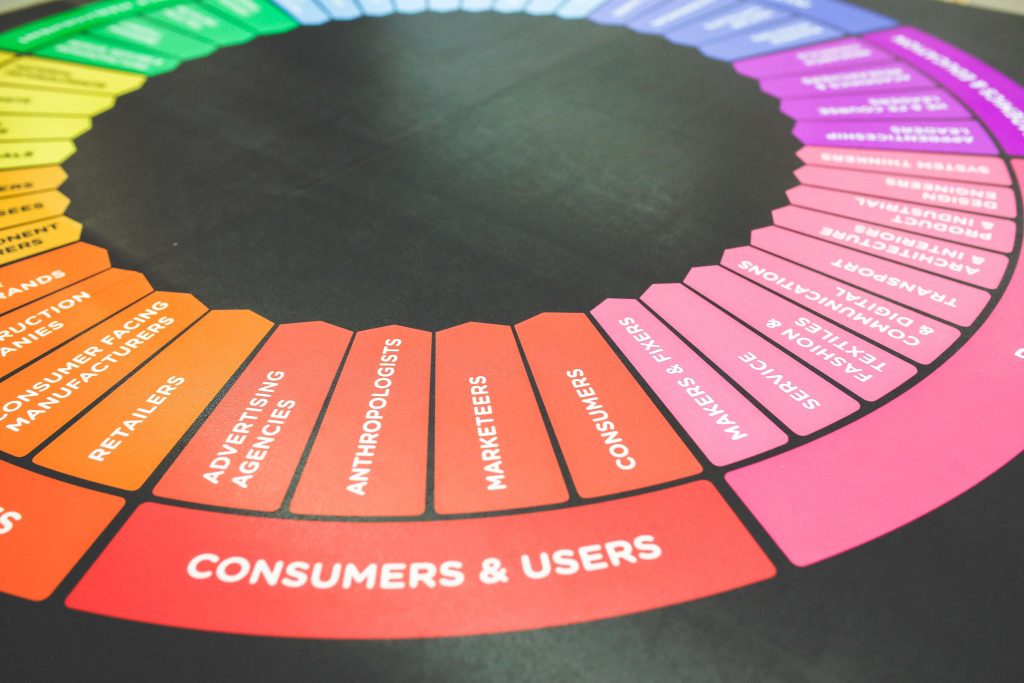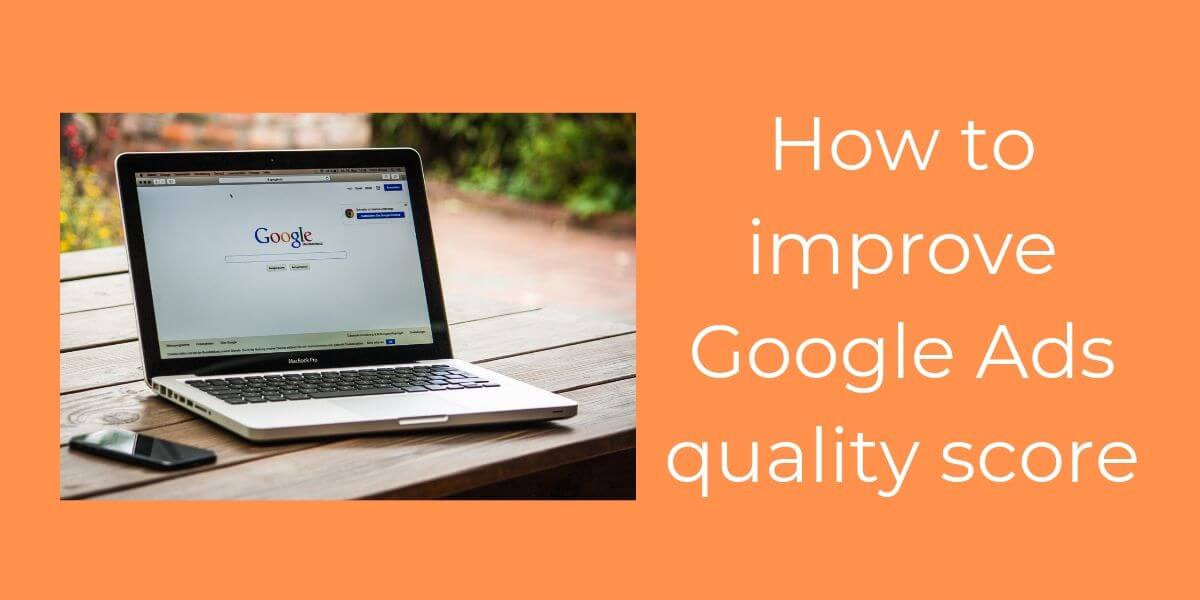How to improve Google Ads quality score
If you manage pay-per-click search campaigns in Google Ads, you know that it can sometimes be a tough nut to crack. Especially when it comes to the mysterious quality score.
The Ads quality score is made up of a variety of layers that have a major impact on the success of your ads. But what exactly is it? How is it calculated?
What is a Google Ads Quality Score?
A google quality score is a combination of factors which describe your ads overall relevancy to the customer. Marketers with high-quality scores have better ad ranks.
Just like organic search traffic is ranked on a results page, paid ads are ranked as well. The outcome of your score depends on three main criteria:
- Expected Clickthrough Rate: The chance that your ad campaign will be noticed and clicked by a consumer.
- Landing Page Experience:How convenient and organized your layout and sitemap are, as well as the overall pertinence of the site to the consumer.
- Ad Relevance: The level at which your advertisement matches a user’s search query and intention.
The score is reported from 1-10 and is meant to help marketers refocus energies on increasing customer impact.
Why is quality score so important?
A higher Quality Score is important because it has enormous influence over the cost of running your ads, as well as your ad rank.
If there are two advertisers competing for clicks on the same keyword, the advertiser with the greater Quality Score will usually rank higher than the other when bids are the same.
The advertiser with the inferior Quality Score will therefore have to bid more to maintain a strong ad rank.
What influences quality score?
There is no exact formula for improving Quality Score; it is influenced by a number of account factors, including:
- Landing page relevance and quality
- Click-through-rate of your ads
- Historical account performance
- Relevance and accuracy of ad text
- Relevance of your keywords
Nobody outside of Google actually knows which of these is most important or has the most weight in the Quality Score algorithm, so the smart course of action is to optimise your account for all of them.

How to improve your quality score:
Super Small Ad Groups
Google recommends using 15 to 20 keywords per ad group. However, this does not work in most cases. In fact, ideally, you should have only one keyword per ad group.
Even if you have a large account, you should consider using this strategy for 80 percent of the keywords that you expect will get the most traffic.
And, you guessed it, you should always use this approach for keywords with the “Rarely shown due to low quality score” warning.
Optimise your landing pages
You can improve your Quality Score by ensuring your landing page is an accurate and relevant continuation of the statements or promises made in your ad, as well as the initial search query.
If a user searches for “Size 9 Batman Trainers”, they are clearly a fan of the caped crusader; more importantly, though, they are making a very specific product query.
For such a query, a higher Quality Score is likely to be given to advertisers whose ads reflect this and reference this query directly (e.g. “Batman Trainers”), and whose landing page delivers on the promise of the ad.
Decrease your landing page load times
Landing page load time has become an important consideration in calculating Quality Score. Take the time to check the load times on each of your landing pages and see what can be done to reduce them.
Some of the factors that contribute to longer load times are: meta refreshes, slow redirects, multiple redirects, interstitial pages, slow server, large page size.
Short conclusion
It’s not enough to work hard and rank high, you’ve got to maintain that score once you achieve it. Google checks back on websites regularly, but your quality score changes slowly.
This can be deceiving to companies who think they’re doing well when really things have been slowly slipping. By monitoring your keywords, scores, and Google’s algorithm changes, you have a better chance of staying on top of things.
